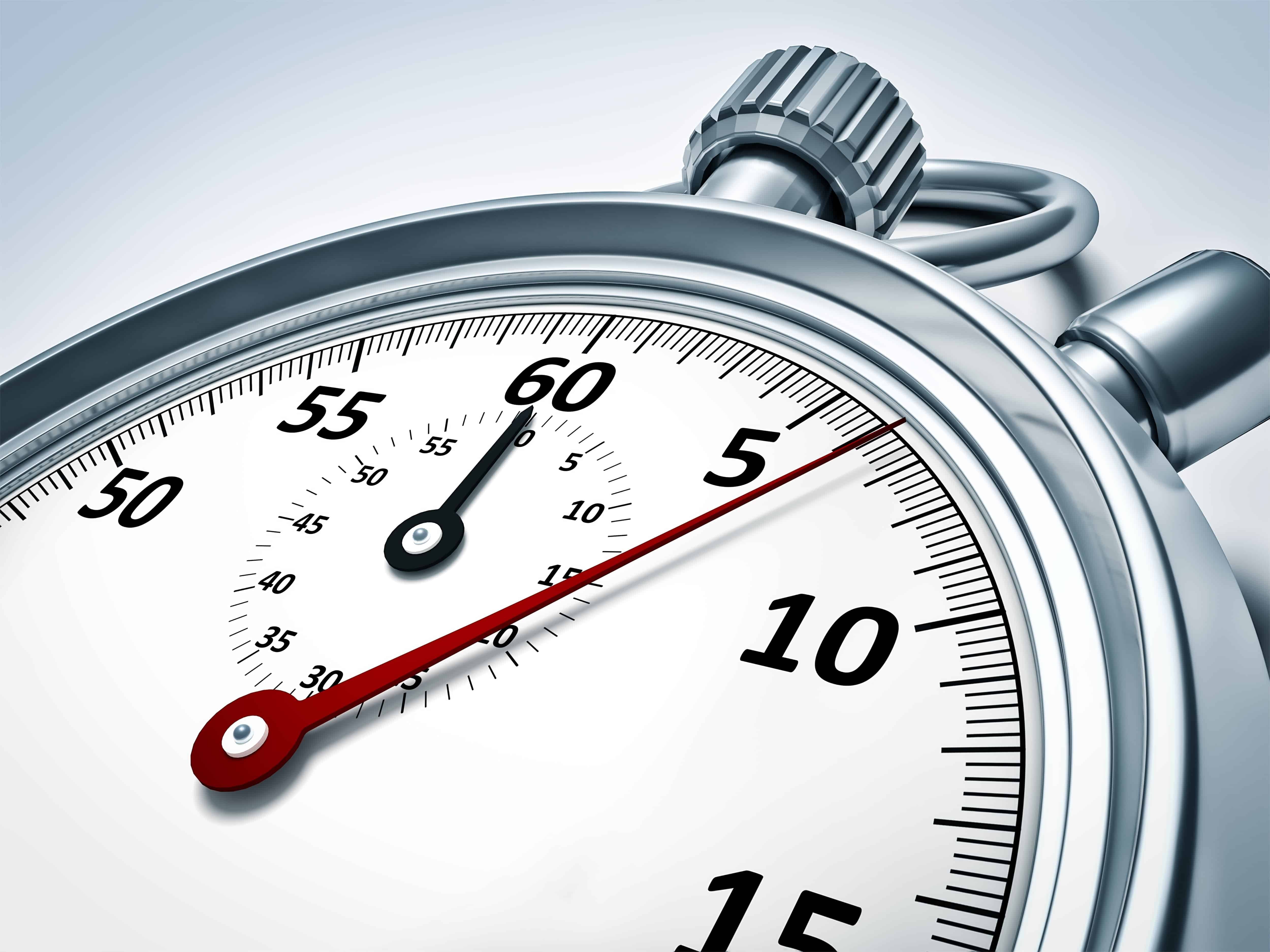Is A Timing Belt The Same As A Drive Belt

The question of whether a timing belt is the same as a drive belt is a common one, especially among new car owners and those delving deeper into automotive mechanics. The short answer is a resounding no. While both are belts that play crucial roles in engine operation, their functions, construction, and replacement intervals are distinctly different. Confusing them can lead to serious engine damage and costly repairs. Let's dissect these two essential components.
Timing Belt: The Heartbeat Regulator
The timing belt (also sometimes referred to as a cam belt) is a critical component responsible for synchronizing the rotation of the crankshaft and the camshaft(s). The crankshaft is connected to the pistons, while the camshaft(s) control the opening and closing of the engine's valves. In essence, the timing belt ensures that the valves open and close at precisely the right time in relation to the piston's position. This precise synchronization is crucial for efficient combustion and prevents catastrophic engine failure. If the timing belt breaks, the valves can collide with the pistons, resulting in bent valves, damaged pistons, and potentially a completely ruined engine. This is what's known as an interference engine, which is a common design.
Construction and Materials: Timing belts are typically made of a strong, reinforced rubber composite. They feature teeth on the inner surface that mesh with corresponding gears on the crankshaft and camshaft(s). These teeth ensure a precise and slip-free connection. The rubber is reinforced with materials like fiberglass or Kevlar to provide tensile strength and prevent stretching.
Replacement Intervals: Due to the critical nature of its function, the timing belt has a specific replacement interval, usually specified in the vehicle's owner's manual. This interval typically ranges from 60,000 to 100,000 miles, or a specific number of years, whichever comes first. Neglecting to replace a timing belt at the recommended interval is a gamble that can lead to severe engine damage.
Maintenance Costs: Replacing a timing belt is a moderately expensive maintenance procedure. The cost varies depending on the vehicle make and model, but it generally involves removing several engine components to access the belt. In many cases, mechanics recommend replacing the water pump and tensioner pulleys at the same time, as they are often located near the timing belt and are prone to failure around the same mileage. Doing so can save on labor costs in the long run.
Drive Belt: The Accessory Powerhouse
The drive belt (also called a serpentine belt or accessory belt) is responsible for driving various engine accessories. These accessories can include the alternator (which charges the battery), the power steering pump, the air conditioning compressor, and sometimes the water pump. Unlike the timing belt, the drive belt does not directly control engine timing.
Construction and Materials: Drive belts are also typically made of rubber, but they are generally wider and flatter than timing belts. They are designed to be flexible and durable, as they must wrap around multiple pulleys. Some drive belts feature multiple ribs (hence the term "serpentine belt") to increase their contact area with the pulleys and improve grip.
Replacement Intervals: The replacement interval for a drive belt is generally less critical than that of a timing belt. However, a worn or cracked drive belt can slip, causing the accessories it drives to function inefficiently or fail altogether. Signs of a worn drive belt include squealing noises, visible cracks, and fraying edges. Replacement is typically recommended when these signs appear or as part of routine maintenance checks.
Maintenance Costs: Replacing a drive belt is generally a less expensive procedure than replacing a timing belt. Access to the drive belt is usually easier, and fewer components need to be removed. However, if the accessories driven by the belt fail, the cost of repairs can be significantly higher.
Key Differences Summarized
To further clarify the distinction, consider this summary:
- Function: Timing belt synchronizes crankshaft and camshaft; drive belt powers engine accessories.
- Consequences of Failure: Timing belt failure can cause catastrophic engine damage; drive belt failure can lead to loss of power steering, air conditioning, and other accessories.
- Replacement Interval: Timing belt has a strict replacement interval; drive belt replacement is based on condition.
- Construction: Timing belt has teeth for precise engagement; drive belt is wider and flatter.
In conclusion, while both the timing belt and the drive belt are essential components of a vehicle's engine, they serve entirely different functions and require distinct maintenance considerations. Understanding these differences is crucial for proper vehicle maintenance and preventing costly repairs.
